A Guide to Sustainable Travelling: 7 Easy Tips
Posted by Aaron
Done correctly, tourism can bring in vital money to a community and keep its unique culture alive. Tourists, for example, take partial responsibility for preserving each place they visit. After all, if you don’t care about keeping a place the way it is, why bother visiting?
The practice of ‘sustainable tourism’ is the answer to this concern. It’s the understanding that tourism can be a tool for positive change around the world. Its aims focus on three key areas:
- Environmental (reducing, reusing, recycling)
- Social (preserving the cultural heritage)
- Economic (providing economic benefit to the local community)
This might seem overwhelming at first. But there are plenty of simple changes you can make as a tourist to become a more sustainable traveller.
- Choose a less well-known destination.
Almost every ‘100 places to see before you die’ list contains the same tired cities, from Paris to Machu Pichu. Whilst an influx of people is crucial to some economies, it can create an unseen strain on the community. For example, Vatican City receives over 5 million tourists each year, despite being the smallest country in the world. And, with a local population of only 800 people, it’s hard to imagine how the city manages to keep up with demand.
It’s important to remember that there’s a world of options out there. Planning a trip to France? Consider something a little more adventurous than Paris. Or, instead of a beach holiday in Spain, how about exploring the rich countryside of Austria or Romania?
Not only will you get to explore unique and exciting places, avoiding touristy spots will reduce overcrowding and strain. This is a great tip for travelling sustainably. This isn’t to say you shouldn’t visit all those places on your bucket list – far from it. But, by planning a visit at off-peak times and exploring lesser-known attractions, you can help to reduce any negative impact as a traveller.
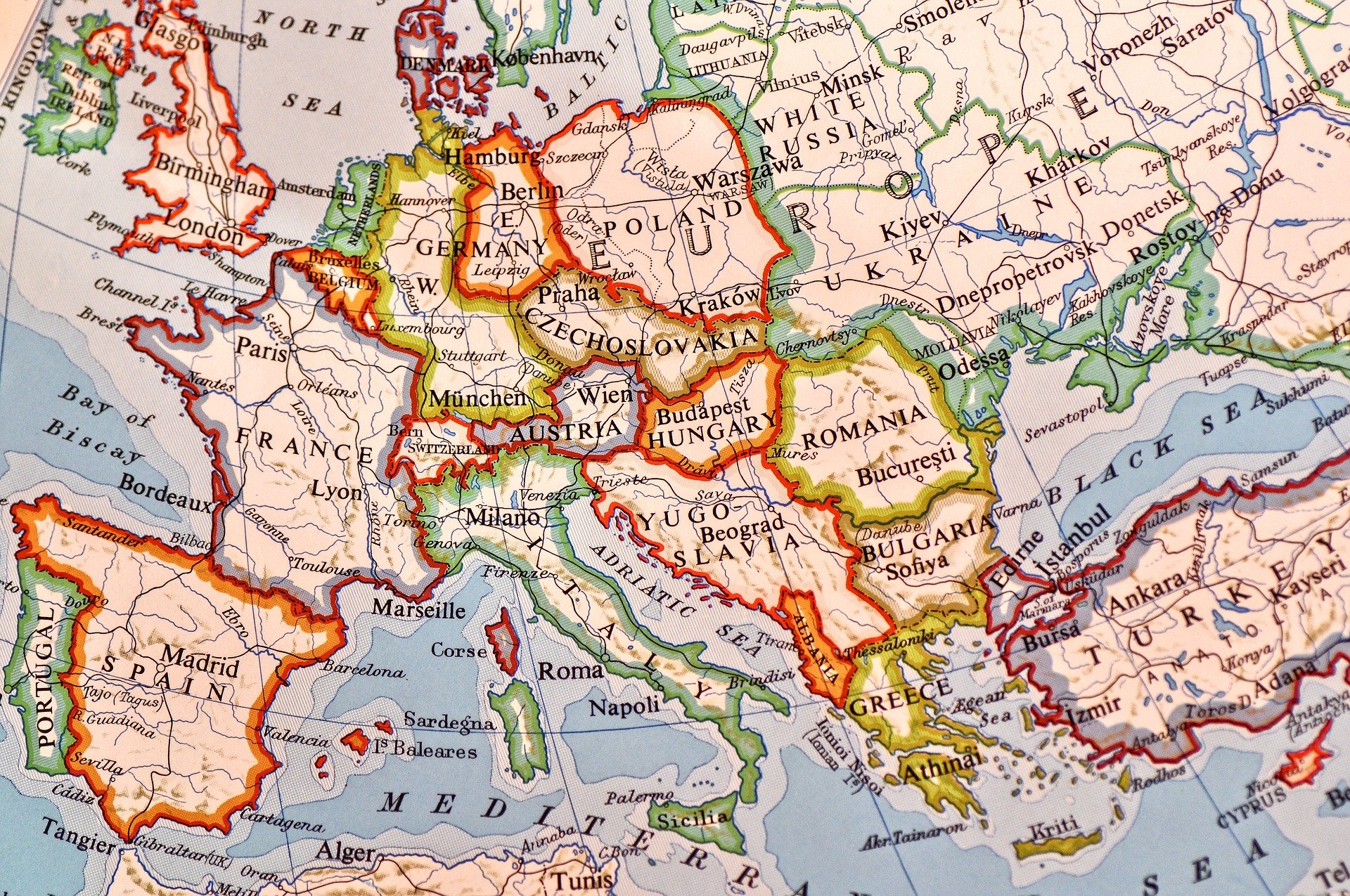
Bonus tip #1: Take only memories, leave only footprints.
This is a cliché for a reason. Wherever you visit – whether a crumbling castle or a public garden – resist the urge to take a free souvenir. As the old saying goes, if everyone took something, soon there’d be nothing left.
- Buy and support locally.
That bracelet you got at a market vendor might look genuine. But if you paid pennies for it, there’s a good chance it wasn’t made locally. Many of the cheap souvenirs you find in shops dotted around a city are often made in China. Imported by the container, they are always popular with tourists looking for a quick gift for their family back home.
Sadly, this kind of trade can often harm a community. The same goes for food, drink, and general shopping. Try to buy local produce from markets and dine at restaurants that use locally-sourced ingredients. Additionally, get your holiday gifts from local artisans to help keep their heritage alive.
Buying locally is an important step in travelling sustainably. What’s more, seeking out the best ways to spend your money can help you to experience a more authentic side of a city that not all tourists will see.
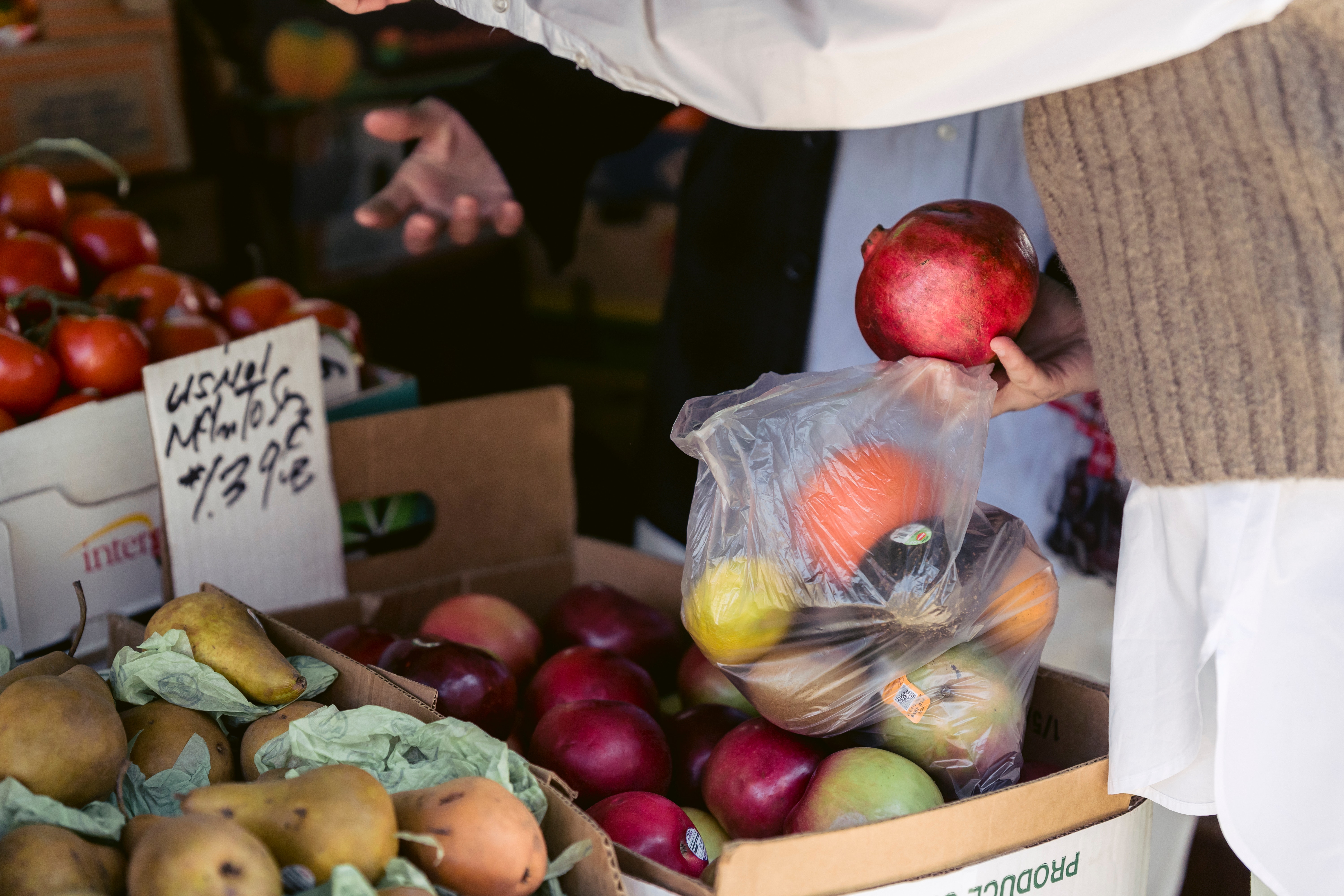
- Explore the local area on a walking tour.
Nothing beats exploring a city on foot. You can lose yourself on a walking tour and discover places you wouldn’t otherwise have noticed. As great as the main attractions might be, there are a thousand more stories that often go unheard. You just need to be willing to find them.
Walking tours are the best way to discover a city because they encourage visitors to develop a real connection with the story behind a place. Questo walking tours are written by locals who know and love their city. And as we’ve mentioned, being a sustainable traveller means supporting local.
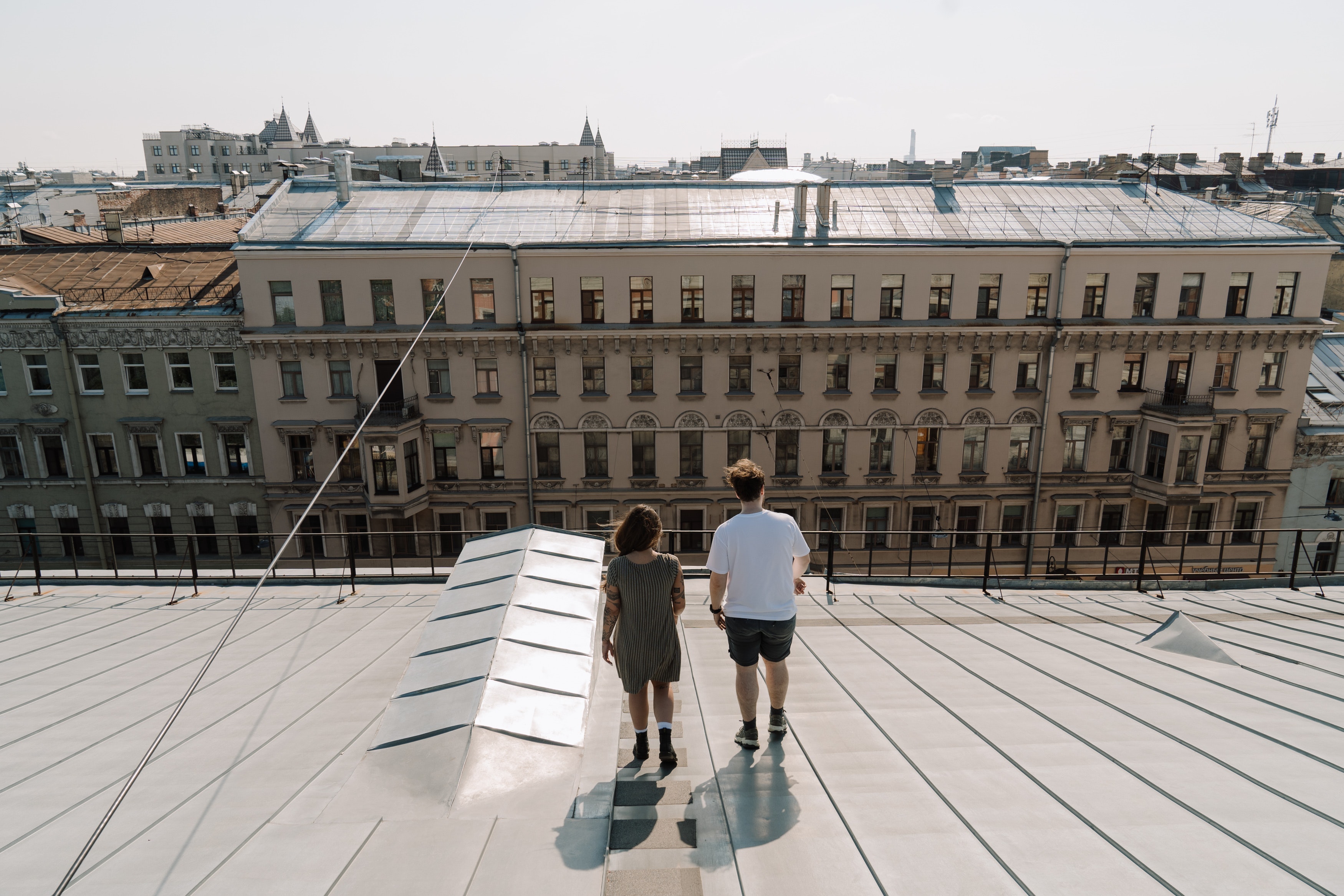
Bonus tip #2: Consider staying close to home.
You don’t always need to travel far. If you want to avoid extra-long travel times, consider exploring locally. Be a tourist in your own city and discover things you never knew before.
- Ditch the plane and travel by train.
Why be in such a rush to get to your destination? Opt to travel by train instead and turn the journey into part of the experience!
In recent years, the tourism industry has seen a surge in ‘slow travel’. In essence, this means opting for slower and less environmentally-costly modes of transport. But slow travel is about more than just travelling sustainable (though that’s a key part of it). It’s an easy way to turn the often-boring part of a trip into something enjoyable.
Slow travel puts an emphasis on making connections with local cultures and people you meet along the way. As great as the views might be from a plane, there’s something special about witnessing miles of beautiful scenery from the window seat of a train. And for one, you can actually tell what it is you’re looking at, which beats having to squint from 30,000 feet in the air.

Bonus tip #3: Hire a bike to get around.
These days, it’s easy to find bikes for rent in a city. As well as being more sustainable than a taxi, it’s healthier and lets you experience a city as a local.
- Take a holiday from plastic.
Compared to others on our list, this tip demands barely anything and yet is such a key part of sustainable travelling. Plastic is an especially big issue for the tourism industry, contributing to the nearly 400 million tonnes of it throw away each year. Luckily, there are plenty of simple changes you can make to minimise your impact. Here are just a few:
- Bring tote bags for your shopping.
- Avoid plastic straws like the plague.
- Refill your bottles with locally purified water. Avoid many separate plastic bottles.
Small changes like these take little effort. They can have an enormous impact on the environment – especially if everyone adopts them. Learn more about what you can do here.
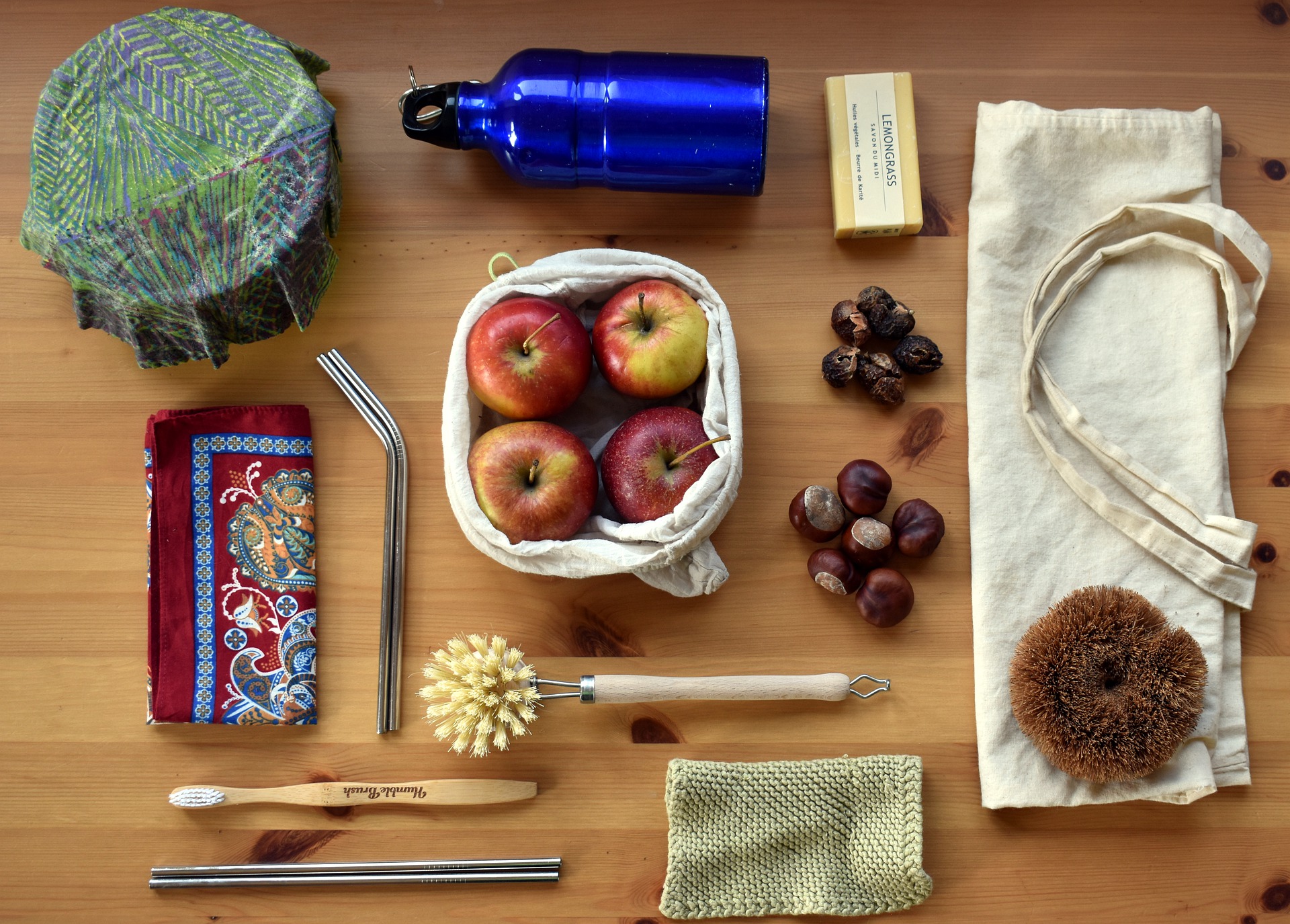
- Prioritise animal welfare.
Around the world, animals have become an inseparable part of the tourism industry. Sadly, many practices disregard the welfare of the animals themselves. Whilst it’s easy to get swept up in the excitement that travel brings, you should remain vigilant. Steer clear of attractions such as elephant rides and dancing monkeys, both common culprits of this harmful industry.
Researching your destination beforehand is a good first step towards travelling sustainably. By doing so, you’ll be able to make more ethical choices and avoid practices that harm animals.
Planning a safari tour? Check beforehand that the animals are treated well. Wandering the local market? Avoid any questionable animal products, unless you can be sure of their origin.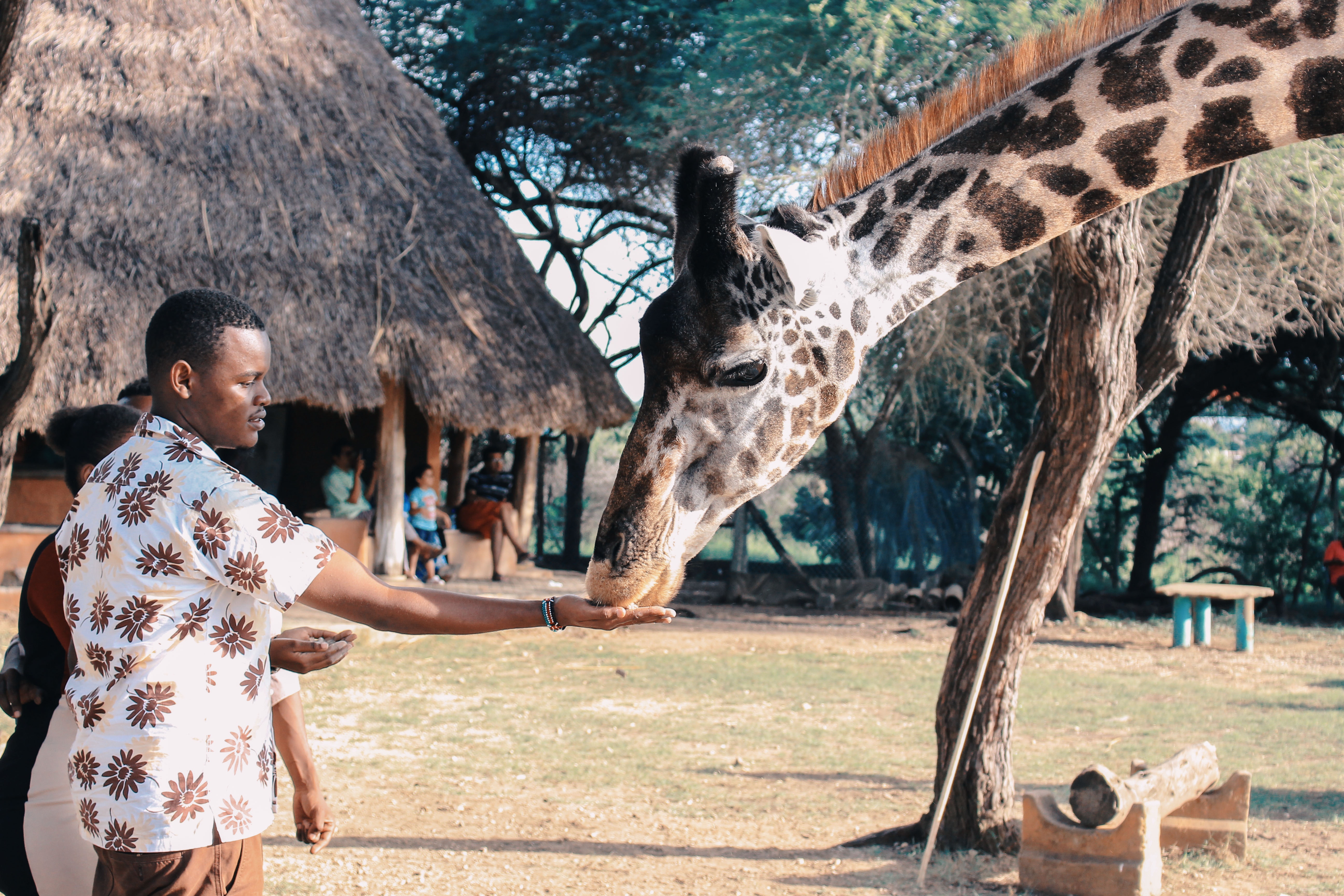
Bonus tip #4: Do your research.
Wherever your destination, make sure you’ve done your research to find the best ways to make your trip as sustainable as possible. Learn what the most common attractions are and find out beforehand what’s best to avoid.
- Give back to the community – the right way.
Sustainable travelling should be a two-way system. For all the benefits of experiencing a new city, it’s only fair to give back when you can. From beach clean-ups to animal conservation, the emerging trend of ‘voluntourism’ is a great way to put your time and effort to good use. Arguably, this results in a more meaningful experience. Just so long as you’re respectful.
As with everything on this list, be sure to research any volunteer programs ahead of time. This is to make sure they’re ethical and will make the most of your generosity. The world is full of scam artists, so it helps to know what you’re getting into well in advance.
But take note: there’s a right way to give back. Not all types of charity are beneficial in the long run. People visiting impoverished countries often bring their own supplies (clothes, sweets, etc.) ready to hand them out. As well-intentioned as this might be, it can foster a sense of dependence. For greater impact, focus your generosity towards organisations that help communities in the long term. The non-profit, Pack for A Purpose, is a great one to check out for this.
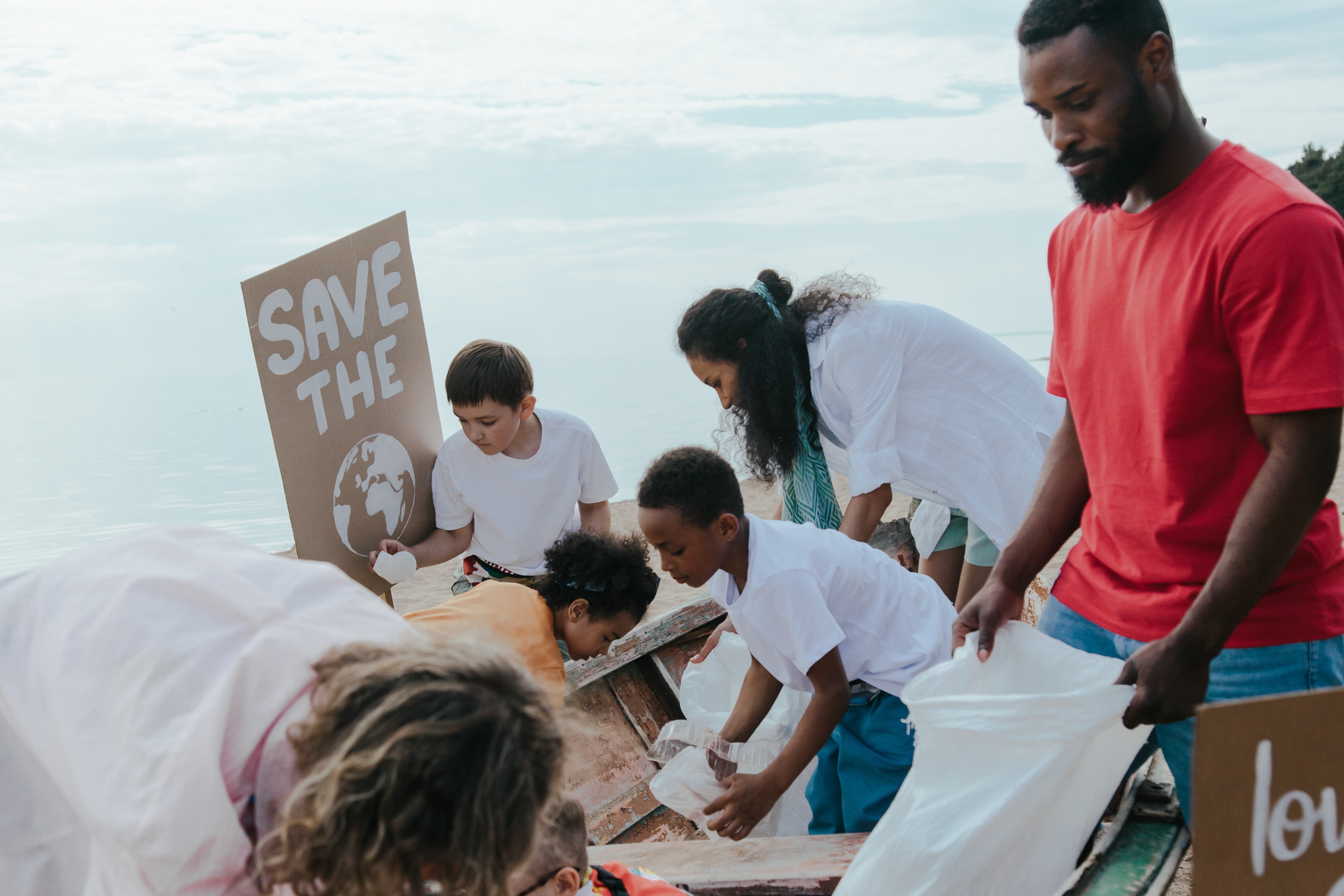
Planning a trip any time soon? A walking tour is one of the most sustainable ways to explore a city. Wander the streets at your own pace, discover local attractions and uncover hidden gems.